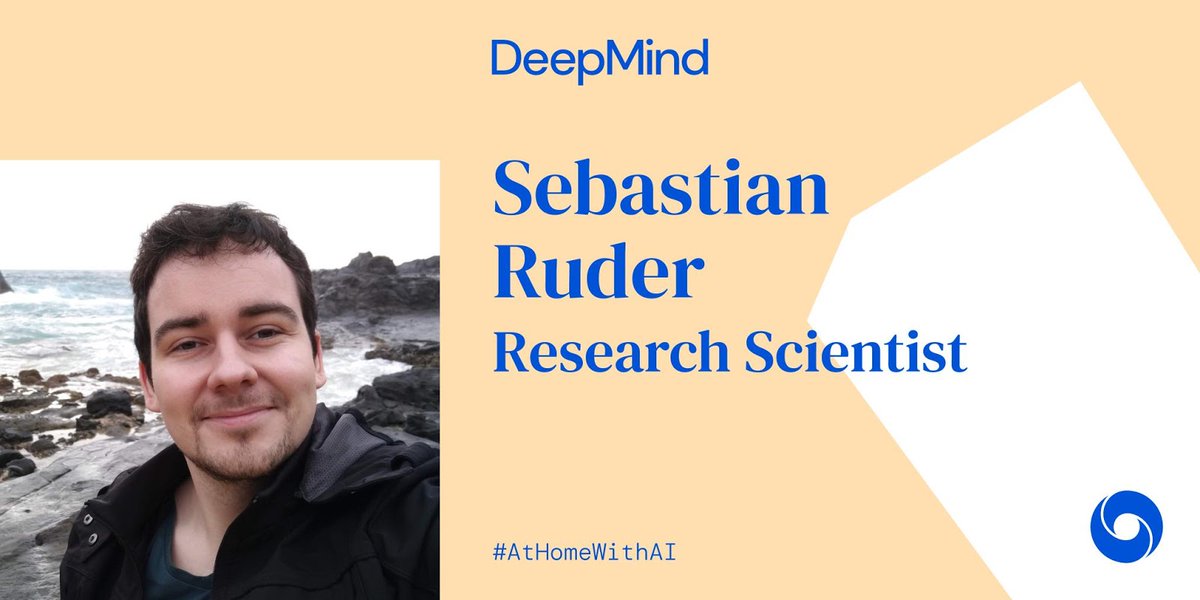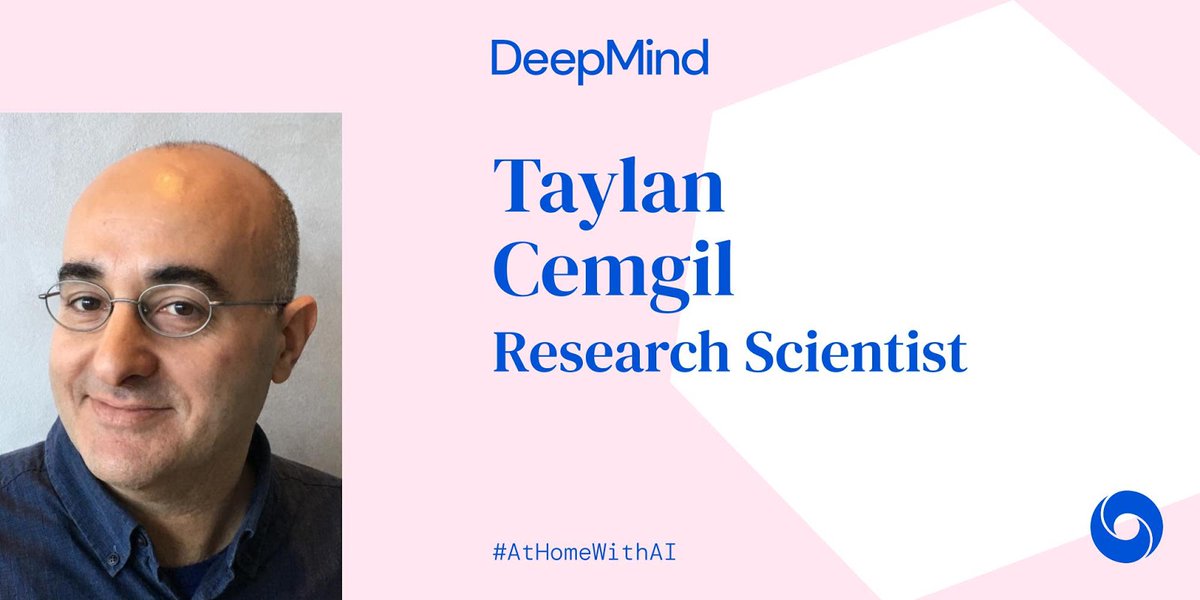
In a new paper, our team tackles a fundamental AI problem: how can we simultaneously parse the world into objects and properties, while simultaneously inducing the rules explaining how objects change over time: dpmd.ai/3fmrxsn (1/) 

Work by @LittleBimble with @pfau, @pushmeet, Matko Bosnjak, Lars Buesing, Kevin Ellis, and Marek Sergot. (2/)
This system combines the Apperception Engine with a binary neural network to learn a provably 100% accurate model of non-trivial environments (e.g. Sokoban) from noisy raw pixel data. (3/)
The ability to learn the world dynamics sample efficiently is a key component of intelligence, according to @MelMitchell1, @GaryMarcus, @fchollet, @mpshanahan, among many others. (4/4)
• • •
Missing some Tweet in this thread? You can try to
force a refresh











